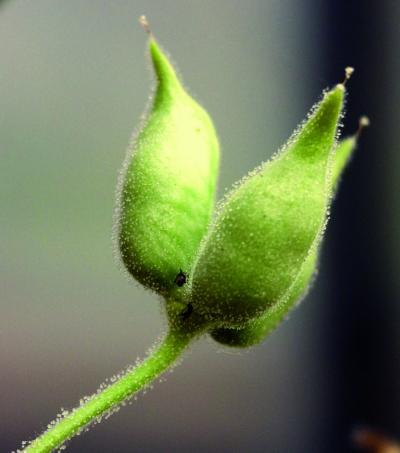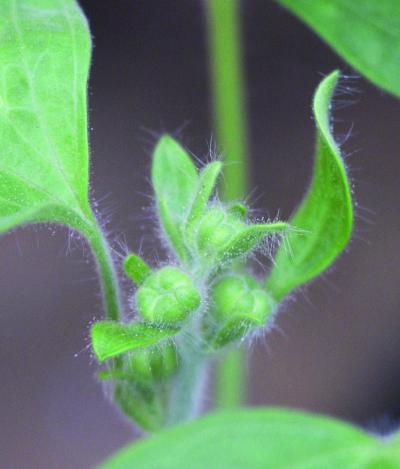Larkspurs, monkshoods, and aconites are plants, widely cultivated for their beauty and medicinal properties. They all belong to the Delphinieae, a natural group of 650-700 species ranging from Eurasia into North America, with a few species on tropical African mountains. The study was published in the open access journal PhytoKeys.
A broadly sampled molecular phylogeny for this group has revealed that three Mediterranean species constitute an ancient separate evolutionary line that is the sister group to all remaining Delphinieae. The British physician John Hill already recognized these species' distinctness in 1756, and Jabbour and Renner here resurrect the genus name he had proposed for them.

These are Staphisagria macrosperma follicles.
(Photo Credit: Florian Jabbour, Susanne S. Renner)
Of the three species in Hill's genus Staphisagria, one is an important medicinal plant found all around the Mediterranean basin, the other two are endemic to Corsica, Majorca, Sardinia, and the Archipelago of Hyères in the South of France. In an article in the open access journal Phytokeys, Jabbour and Renner from the Institute of Systematic Botany at the University of Munich illustrate and discuss the newly recognized genus, explaining how its three species share traits that fit neither in Delphinium nor in Aconitum, fitting with their long independent evolutionary history.

This is a Staphisagria macrosperma young inflorescence with floral buds.
(Photo Credit: Florian Jabbour, Susanne S. Renner)
Source: Pensoft Publishers